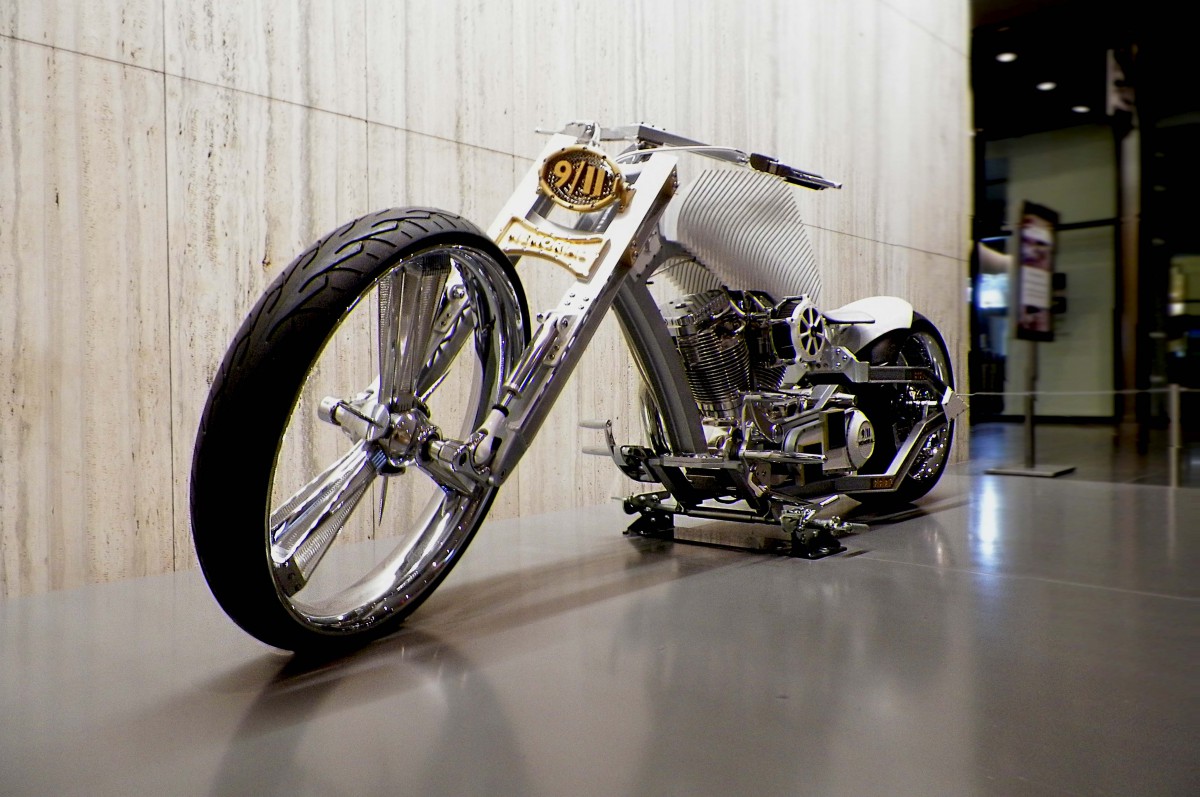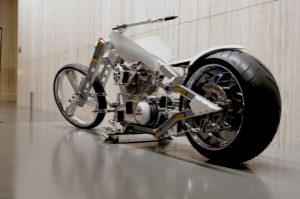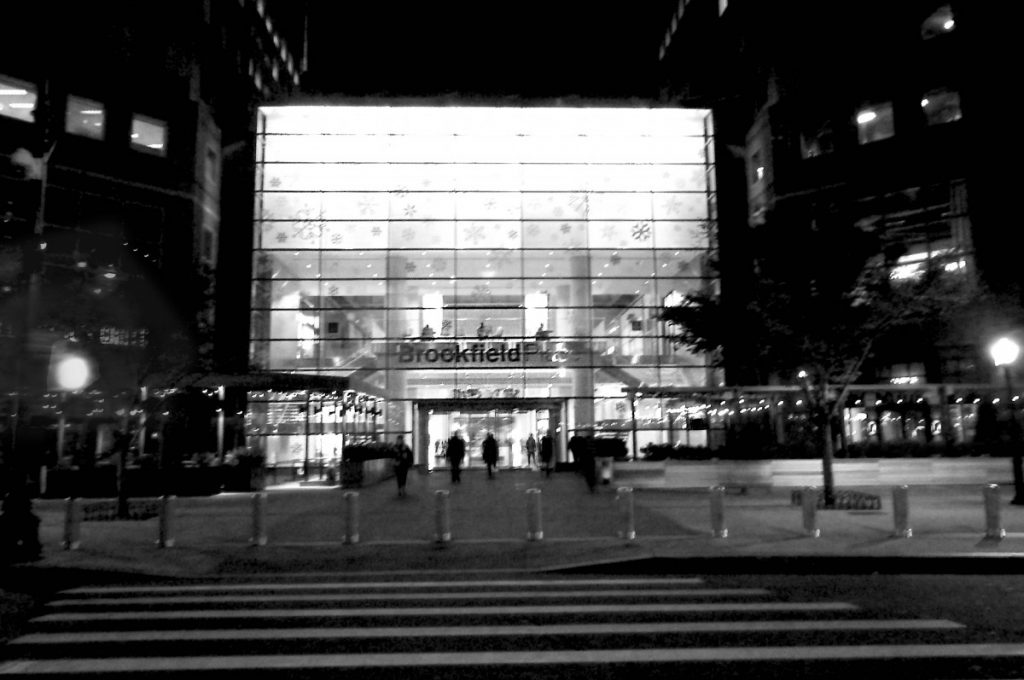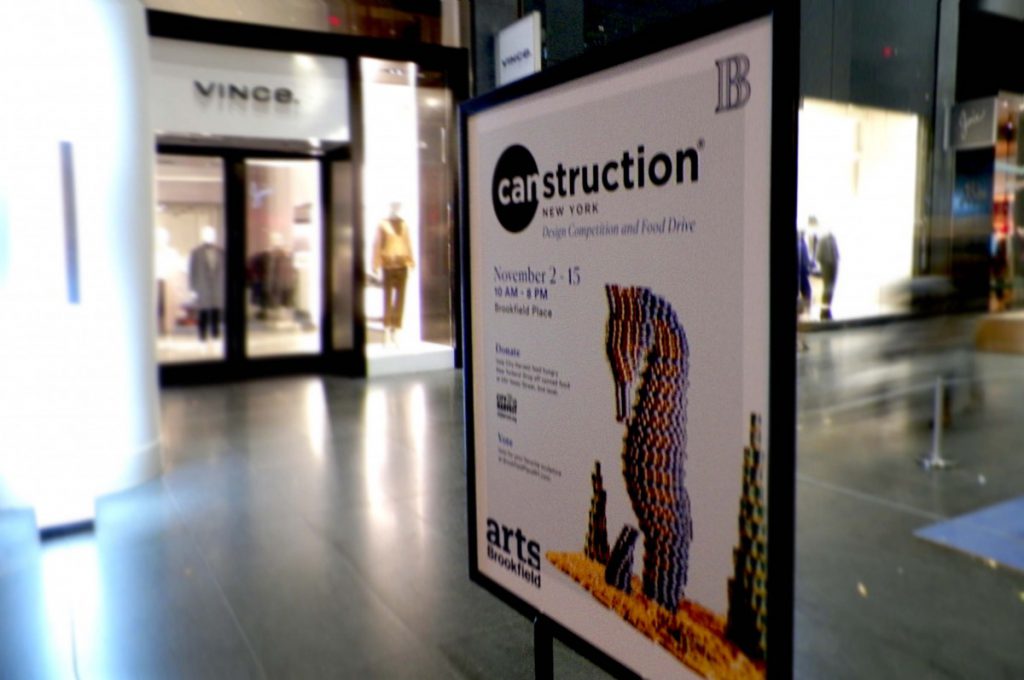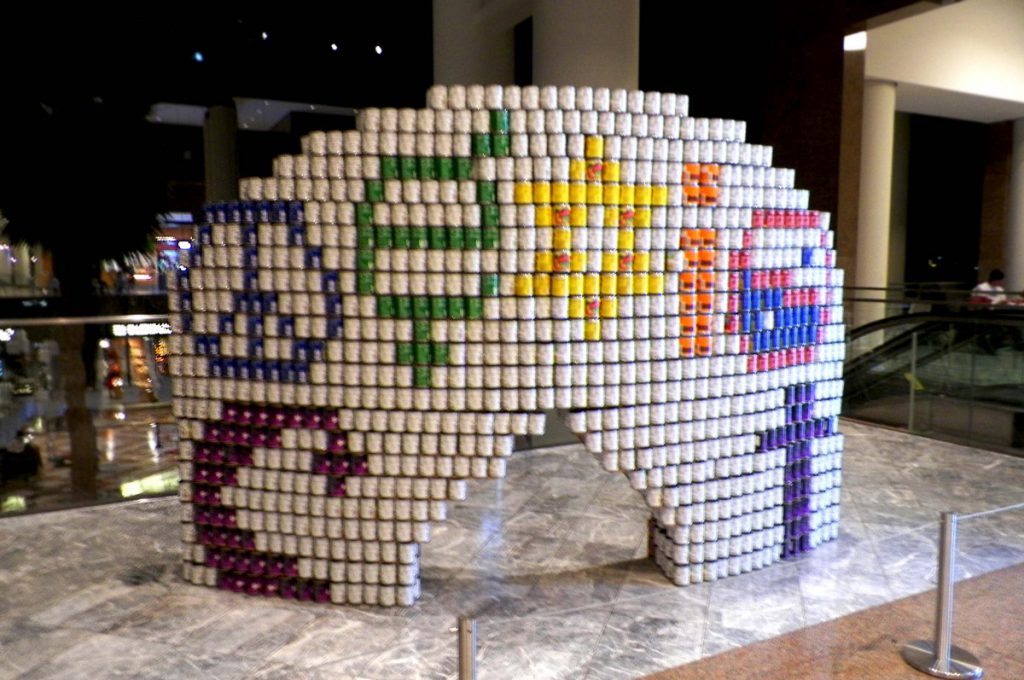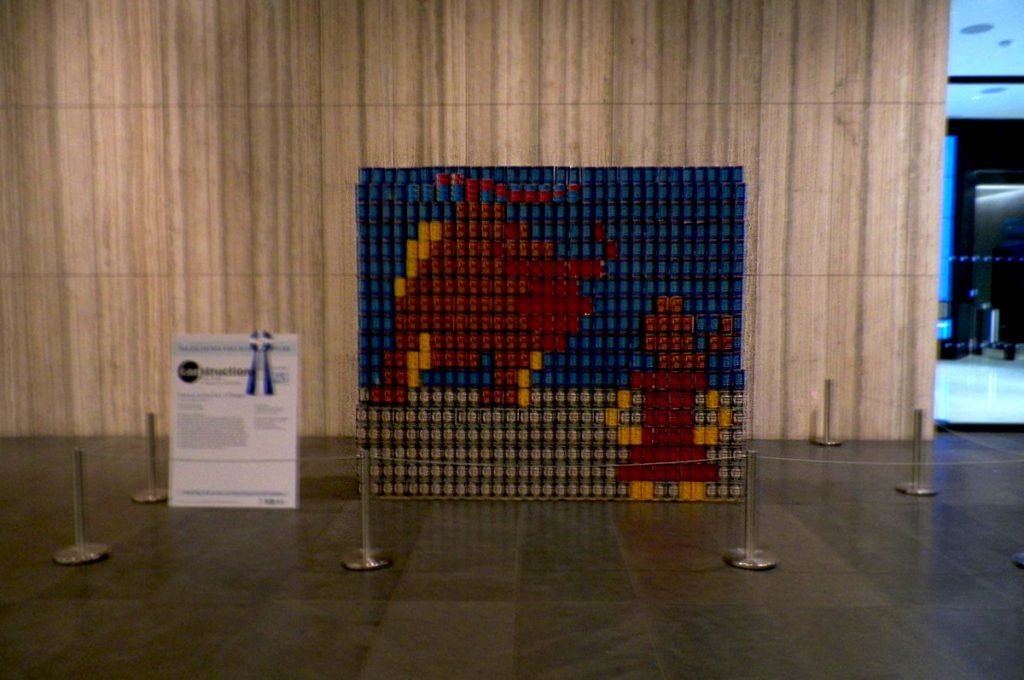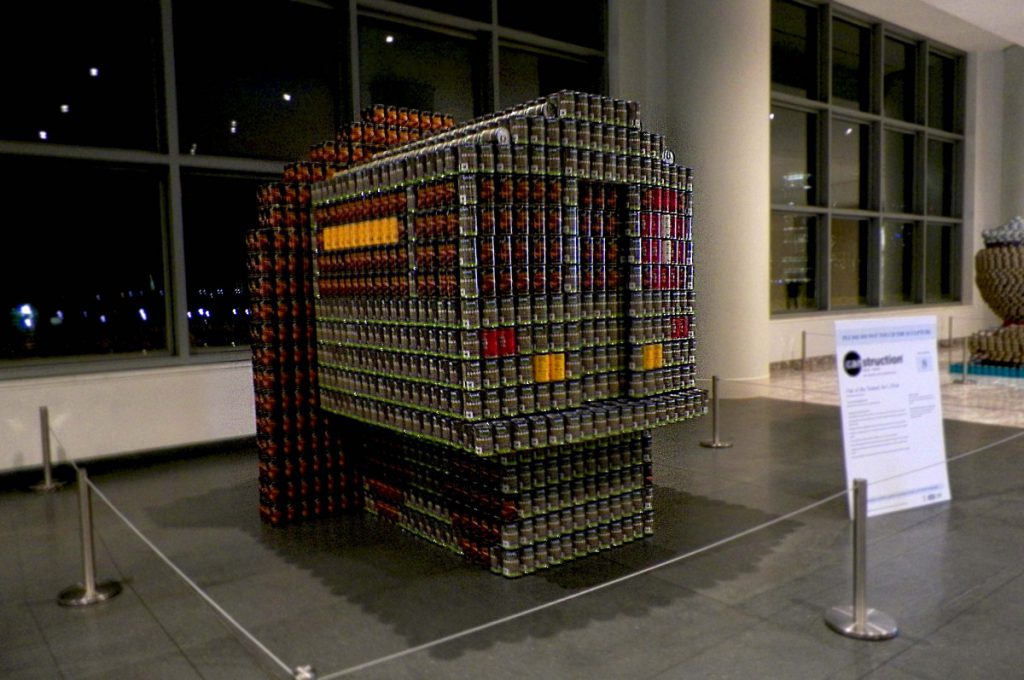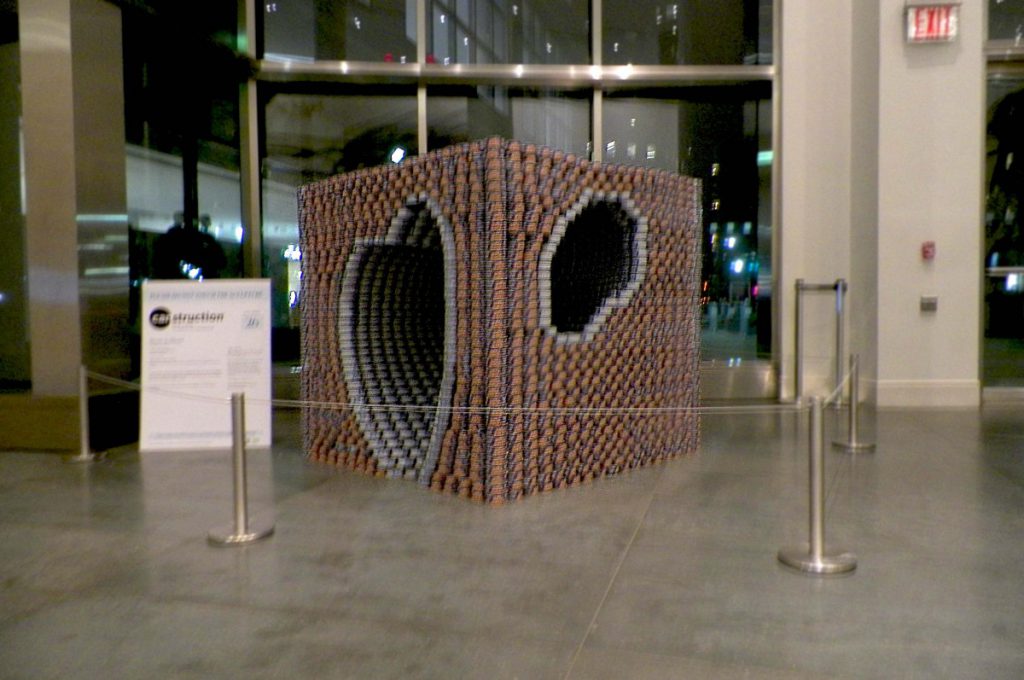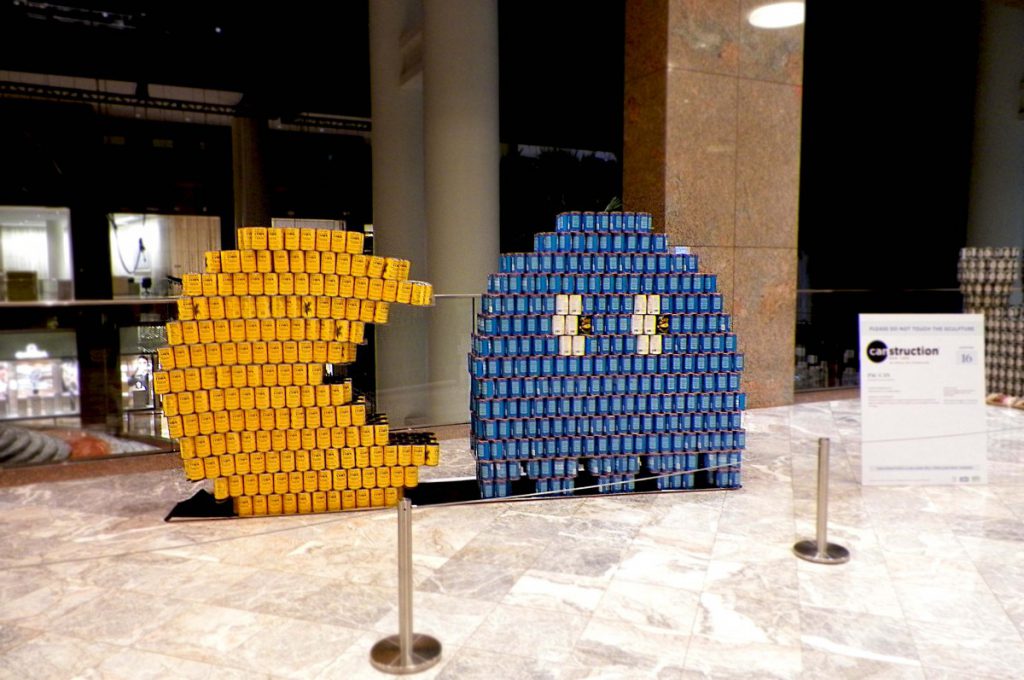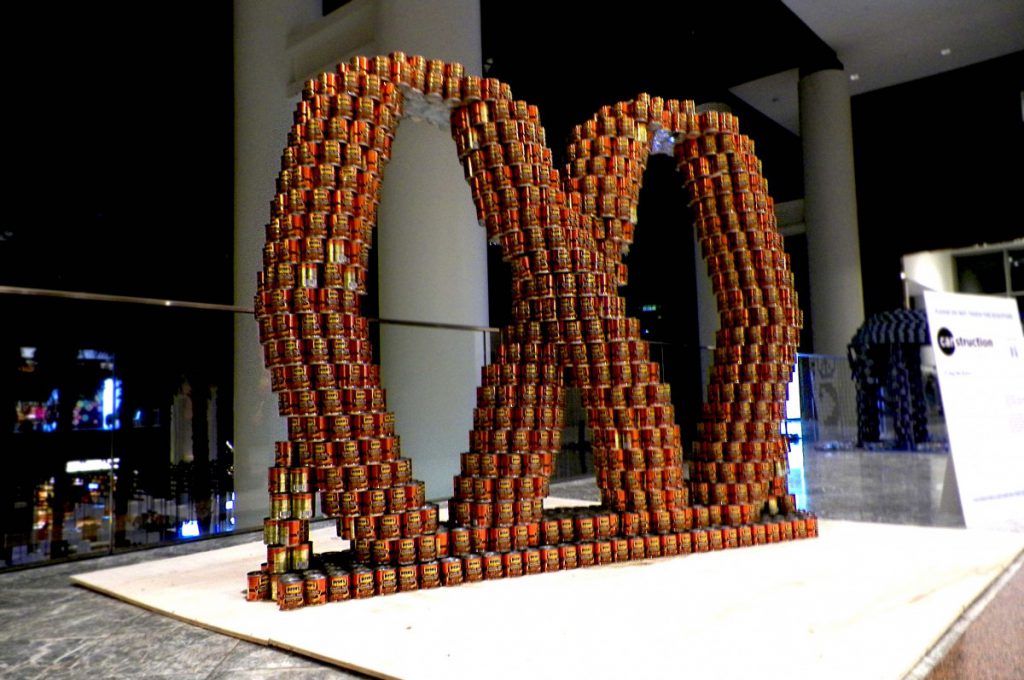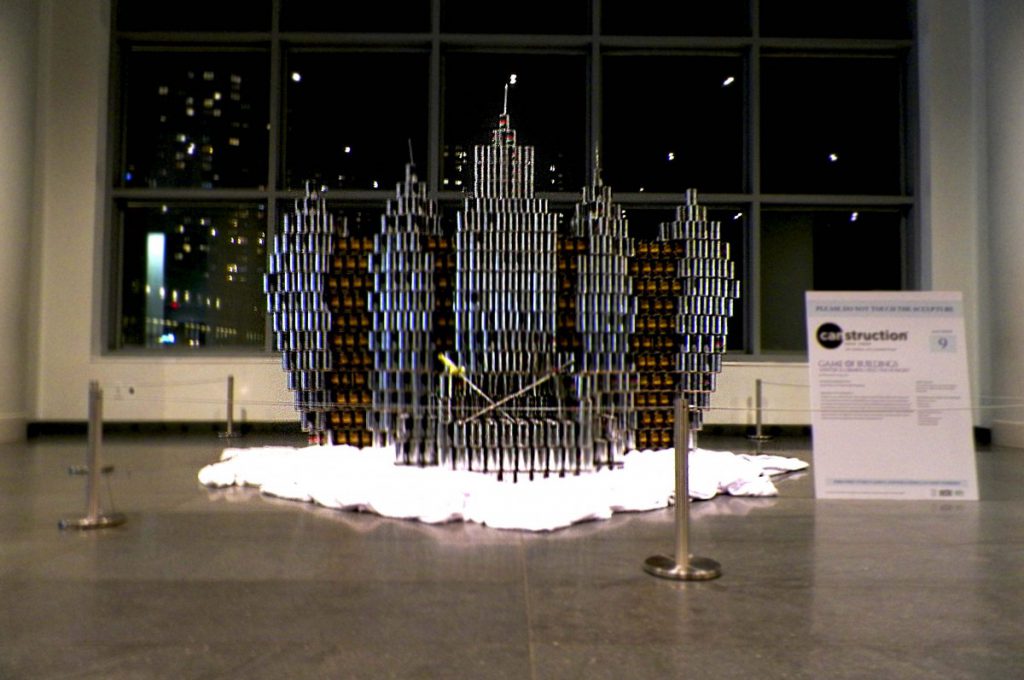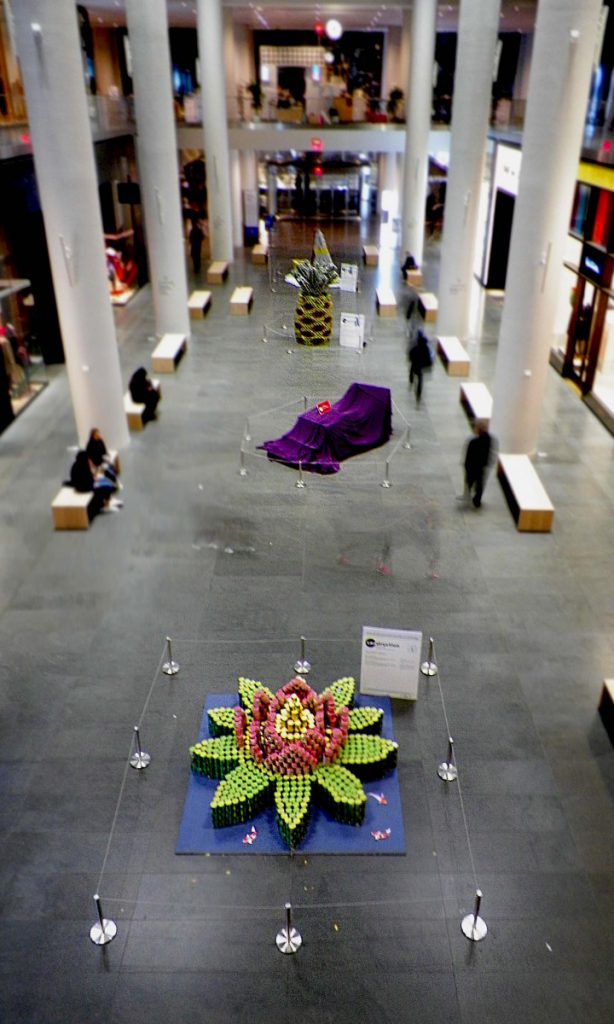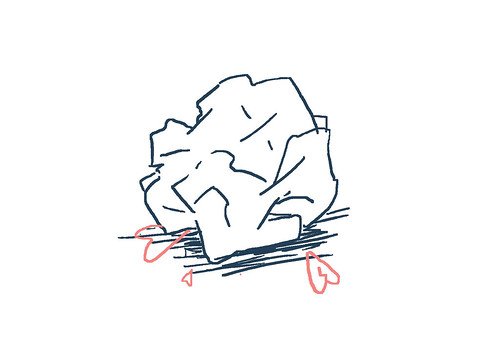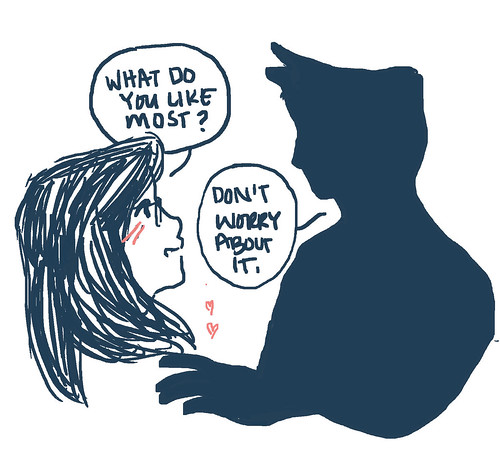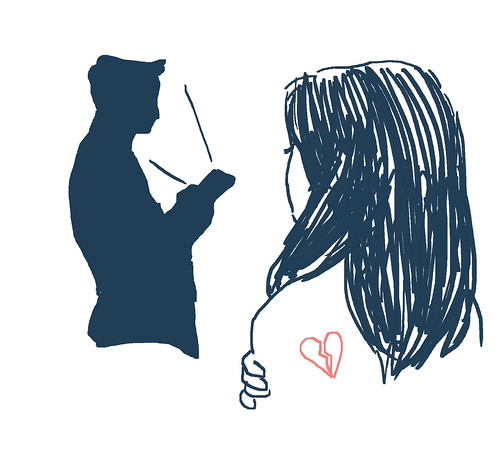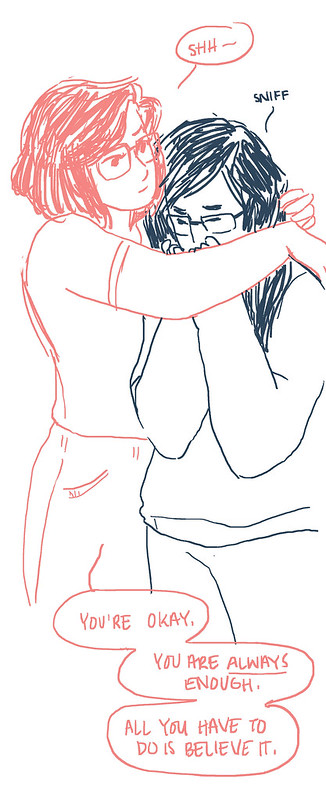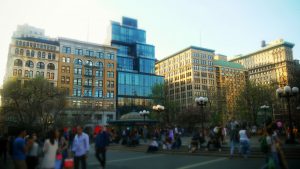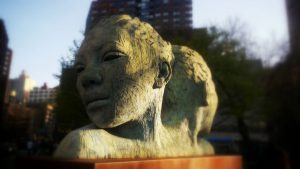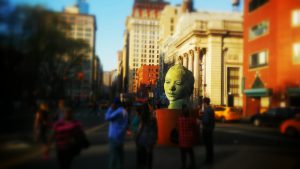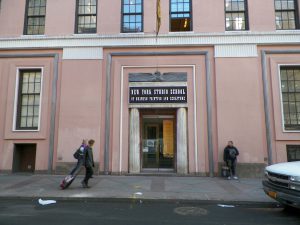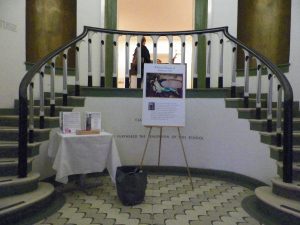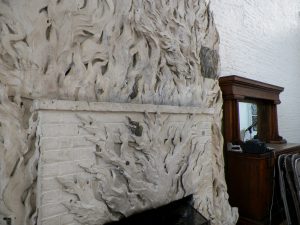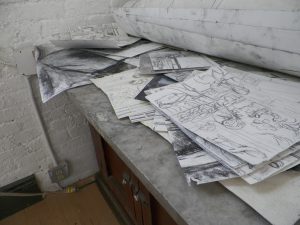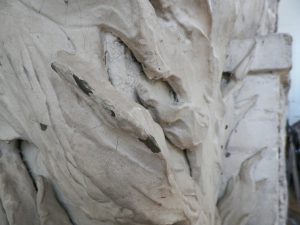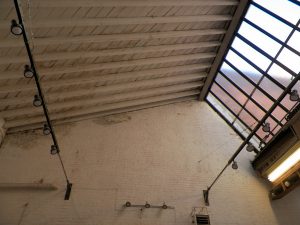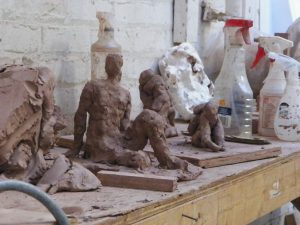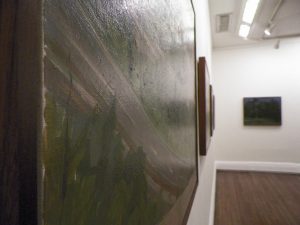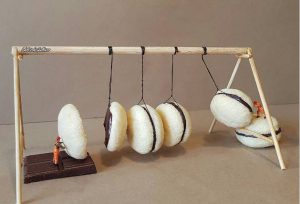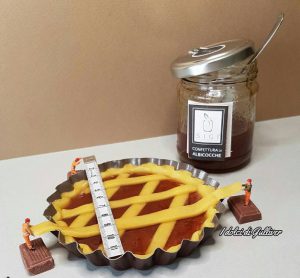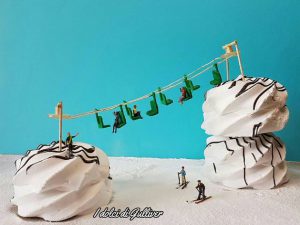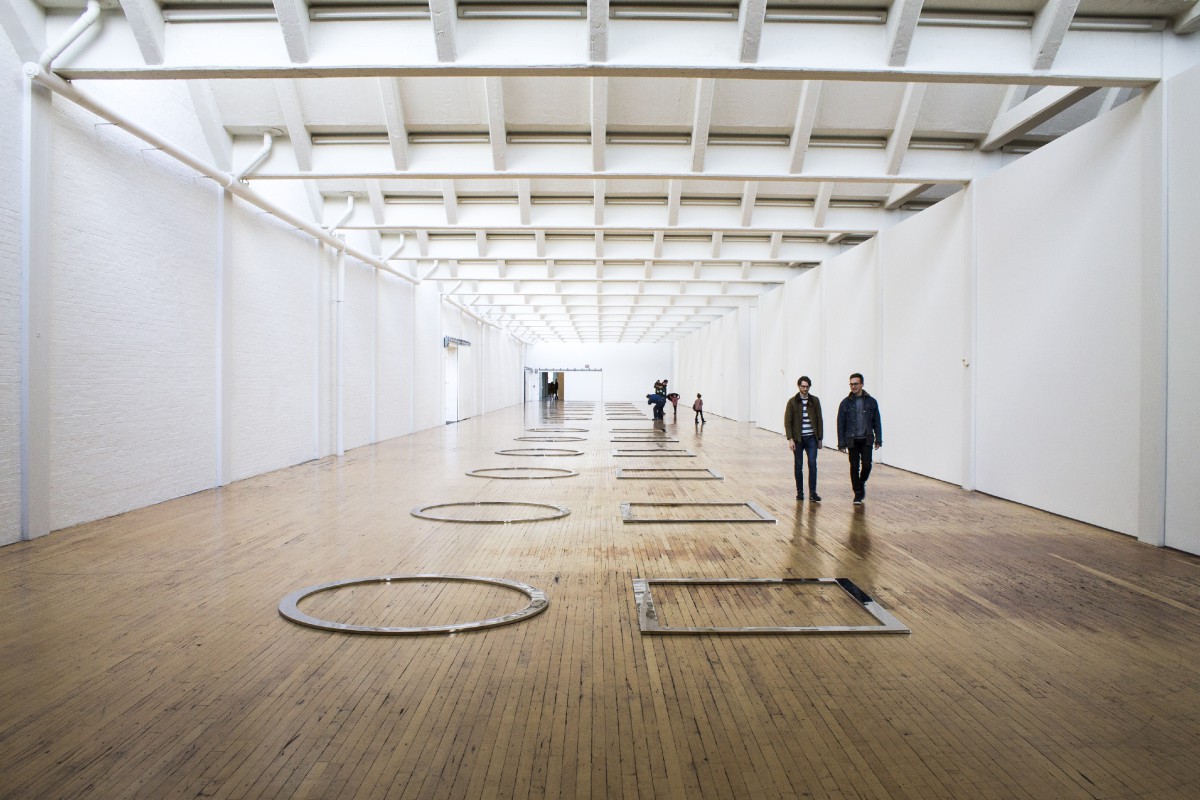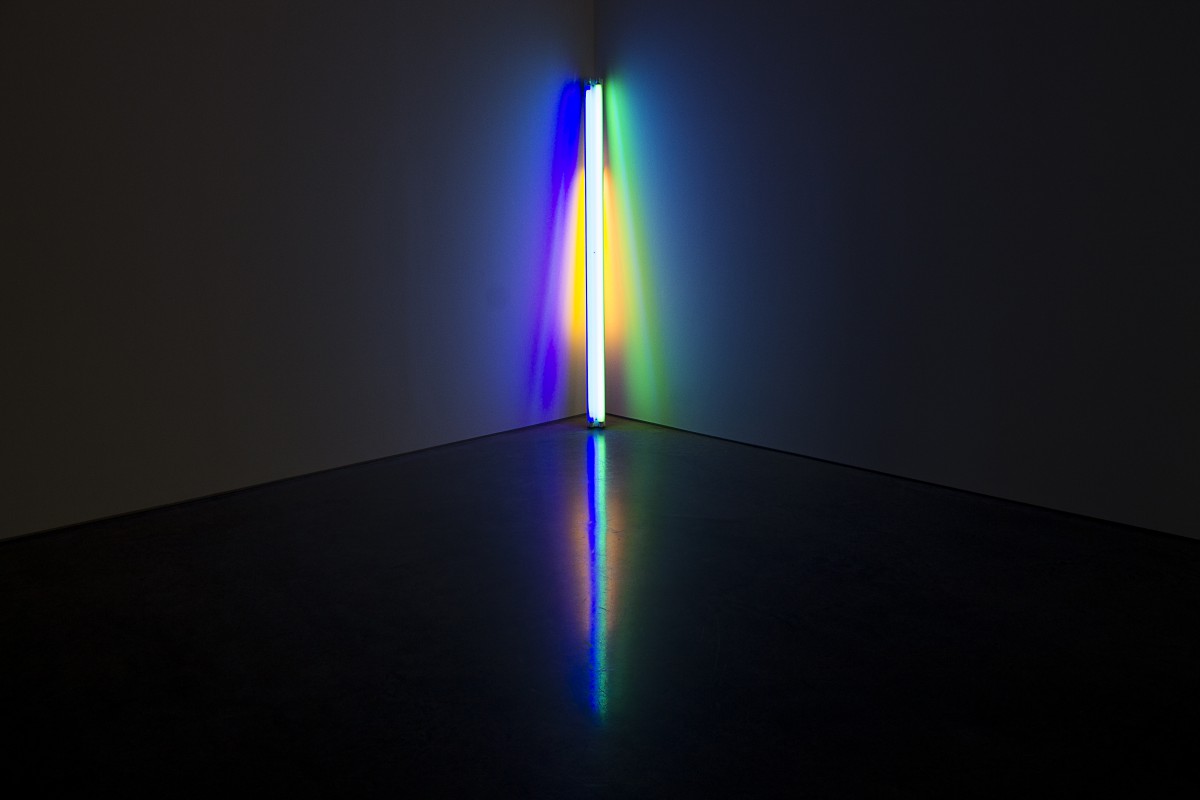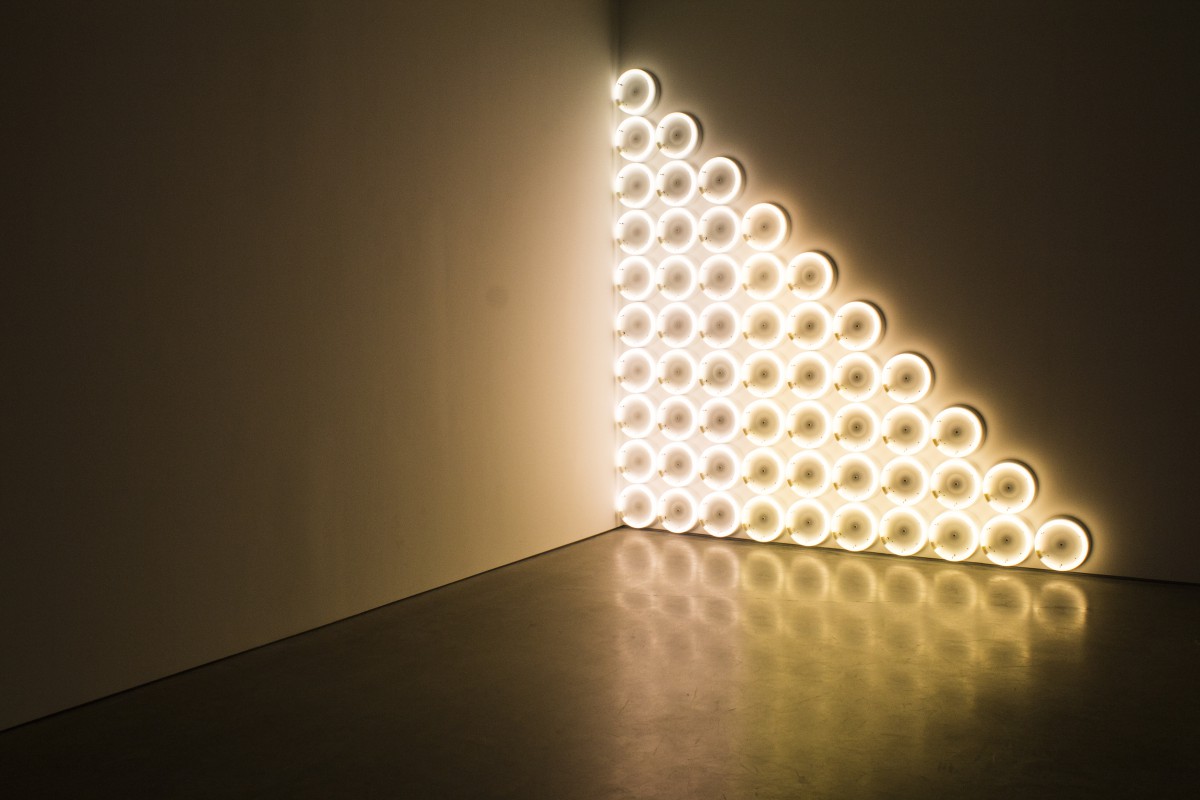Since September 11th attacks, there has been so many iterations of memorabilia to grasp the honor and respect for the people lost on that tragic day. The scales of grandeur range drastically; we can see or the objects of honor everyday to the point that we forget why they exist. From simple keychains, to water bottles engraved with the devastating date, or that mural you pass by everyday on your way to work, Calatrava’s Oculus, or that large shiny beautiful mass that we all look toward not replacing the towers but emitting the strength and determination of New York City, Freedom Tower. Small enough to fit in one’s pocket or large enough to be the tallest building in the infamous New York City skyline, all objects of honor convey the same thing; remembrance, desire to rebuild, a method to carry such a heavy burden together, and many other beautiful concepts. This post is dedicated to those objects by mentioning a striking piece of art that was made in memorium of 9/11 and the acts of rebuilding thereafter.
Paul Teutul Jr. (yes, that guy from American Chopper) stylized a motorcycle for the cause and it was named the “9/11 Memorial Motorcycle”. According to 9/11 Memorial organization It made its debut on September 5, 2011 right on the 9/11 Memorial Preview Site. This was a few days before the National September 11 Memorial & Museum officially opened; the motorcycle was built for this congratulatory event. It was commissioned by Daniel Tishman, who is a board member of the 9/11 memorial and chose to reveal it publicly on Vesey Street with, at the time, Mayor Michael R. Bloomberg and 9/11 Memorial President Joe Daniels. Another vehicular masterpiece inspired by the 9/11 Memorial Motorcycle was then donated for raffle to raise as much money as possible for the organization.
I read on Manufacturing.net that Teutul felt this project was the most important to ever be completed by the company. He worked vigilantly with Tishman Construction who were responsible for the building of Freedom Tower and the Oculus. Daniel Tishman is the CEO of the construction team and was how so much attention to detail was implemented to the finished product. Teutul expressed his utter honor and dedication to the project, he explained “We built the bike to be a sculpture and pay tribute to 9/11. It speaks of the resiliency of America and the new beginning that the new towers represent.”
The motorcycle was housed in the 9/11 Memorial and Museum for an entire year before it was moved for preservation against Hurricane Sandy; it was temporarily held in Teutul’s warehouse. Nearly a month after the storm, the bike was replaced to its innate home. The motorcycle, once again, was a small sign to rebuilding the city after a devastating occurrence; giving us hope that we can reconstruct ourselves as we once did before.

